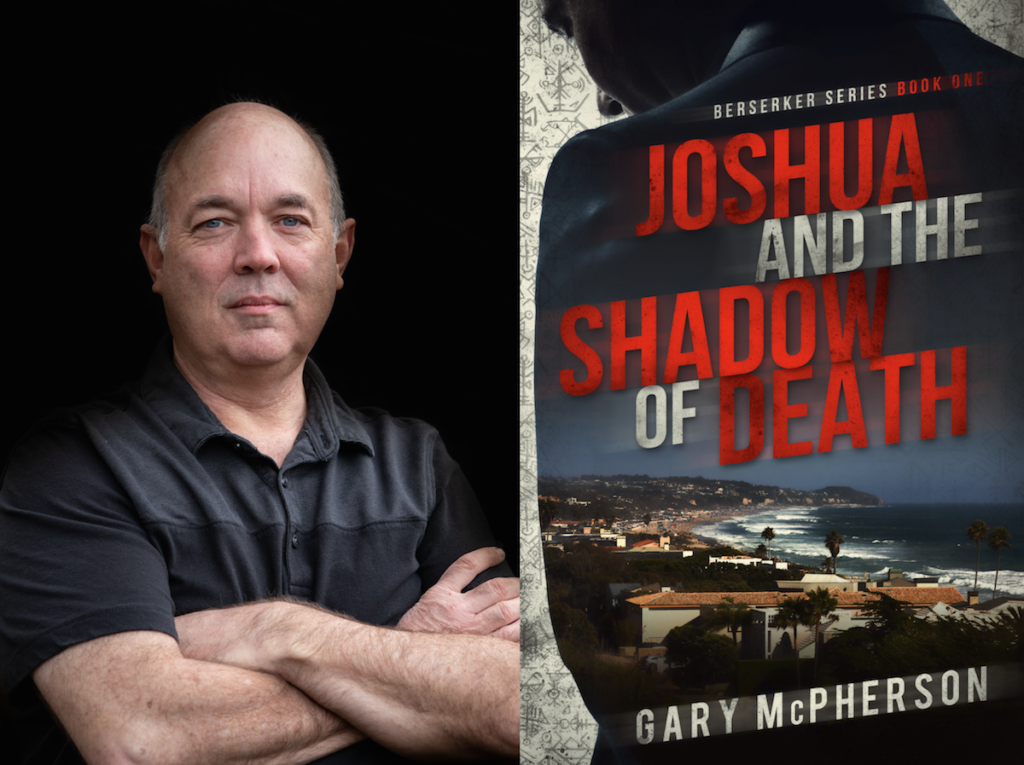Stretching the Tension: Keep Threats Alive
Today’s guest post is by Jim Adam. It is part of a series on storytelling and The Strengths of the Potter Series. Check out Jim’s book, Motherless. We’ve already seen…
Today's guest post is by
Jim Adam. It is part of a series on
storytelling and The
Strengths of the Potter Series. Check out Jim's
book, Motherless.
We’ve
already seen that the Potter series is willing to delay descriptions of
setting and character. This willingness to delay also applies to more
substantial story elements such as the true motivations of characters,
the exact nature of a threat, and the cause of mysterious events.
Consider
again the opening to Book 2, where Dobby introduces tension into the
narrative by explaining that “bad things” are going to happen at
Hogwarts that year. His inability to say exactly what sorts of bad
things are planned makes Dobby the perfect spear carrier, as he’s able
to foreshadow without giving away anything of real substance. The
resulting mystery becomes an additional reason for readers to stick
around.
The Potter series also knows how to increase reader
involvement by keeping a threat hovering over Harry’s head as long as
possible. For example, Voldemort returns from the wilderness in Book 4,
Goblet of Fire, and he continues as a villain through the next three
books.
At a lower level, consider how the three tasks of the
Tri-Wizard Tournament are dealt with. For the first task, Harry has to
struggle to learn a summoning charm, something he manages only on the
eve of the task itself. For the second task, in typical Harry style, he
puts off trying to figure out the golden egg clue through the entire
holiday break and only begins to take the task seriously when time is
running out.
Perhaps there are better ways to stretch the tension
than to make Harry seem passive and lazy, but at a minimum, the Potter
series understands the importance of stretching the tension. By keeping
threats alive as long as possible, the series keeps readers worried
about Harry’s safety, which is to say, it keeps readers reading.
Last in series: Conflict
--
Looking
for more help on the craft of fiction?
- Conflict, Action, and Suspense by William Noble
- Beginnings,
Middles, and Ends by Nancy Kress - Scene
& Structure by Jack Bickham - Plot
by Ansen Dibell
Or: Take an online workshop with a published
author. With
our Advanced Novel Workshop, you'll get 200 pages critiqued.
Jane Friedman is a full-time entrepreneur (since 2014) and has 20 years of experience in the publishing industry. She is the co-founder of The Hot Sheet, the essential publishing industry newsletter for authors, and is the former publisher of Writer’s Digest. In addition to being a columnist with Publishers Weekly and a professor with The Great Courses, Jane maintains an award-winning blog for writers at JaneFriedman.com. Jane’s newest book is The Business of Being a Writer (University of Chicago Press, 2018).






